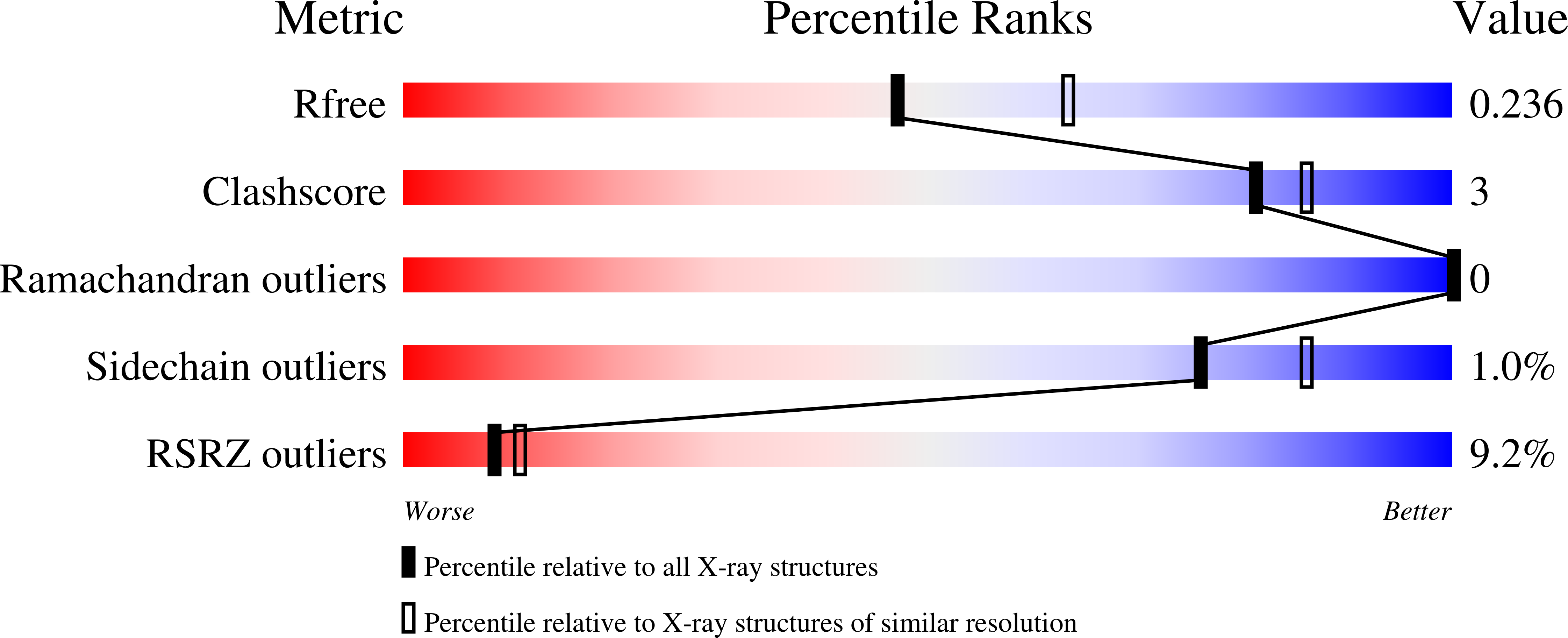
Deposition Date
2020-08-08
Release Date
2021-04-07
Last Version Date
2024-11-20
Entry Detail
PDB ID:
7JPI
Keywords:
Title:
Crystal structure of EBOV glycoprotein with modified HR2 stalk at 2.3A resolution
Biological Source:
Source Organism:
Ebola virus - Mayinga, Zaire, 1976 (Taxon ID: 128952)
Host Organism:
Method Details:
Experimental Method:
Resolution:
2.28 Å
R-Value Free:
0.23
R-Value Work:
0.19
R-Value Observed:
0.20
Space Group:
H 3 2


